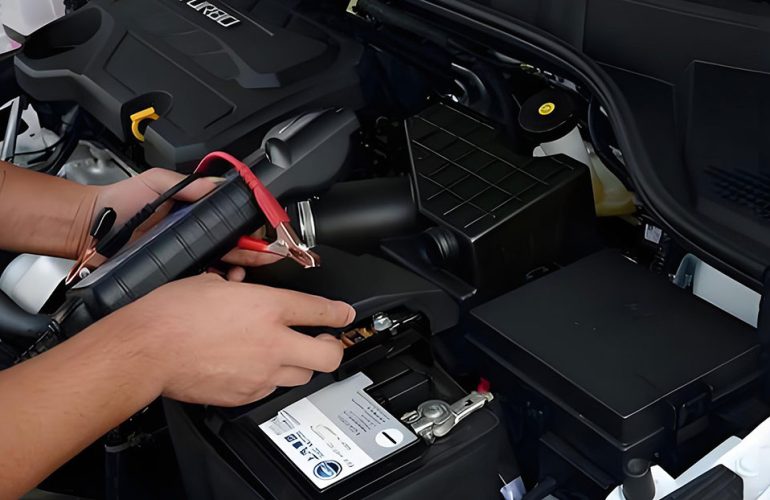1. High Energy Density & Efficiency
-
Exceptional energy density: Lithium possesses the highest charge-to-mass ratio among solid elements, enabling lithium batteries to store more electricity within limited mass or volume (200–250 Wh/kg), far exceeding lead-acid or Ni-MH batteries14.
-
High charge-discharge efficiency: Capable of reaching 80% charge in 30 minutes for rapid power response; system energy conversion efficiency reaches 89%, minimizing energy loss45.
2. Long Lifespan & Cycling Stability
-
Extended cycle life: Over 1,000 charge-discharge cycles, with further lifespan extension through cascading use (e.g., repurposing retired EV batteries for energy storage)45.
-
Operational stability: "Intercalation reaction" mechanism (orderly shuttling of Li-ions between electrodes) and SEI film ensure long-term stability across -20°C to 60°C environments14.
3. Environmental & Economic Advantages
-
Eco-friendly: Non-toxic materials, recyclable design, and significantly lower carbon emissions than fossil fuel systems57.
-
Declining costs: Scale production and tech innovations reduce costs—electricity expense per 100 km (~$3 USD) is less than half of fuel vehicles; cascading use further cuts storage expenses15.
-

4. Scenario Adaptability & Technical Maturity
-
Multi-scenario coverage:
-
Generation side: Stabilizes renewable fluctuations at wind/solar farms57.
-
Grid side: Supports peak shaving, frequency regulation, and virtual power plants58.
-
User side: Powers home storage, telecom base stations, EVs, and more57.
-
Industrial maturity: Lithium batteries constituted ~90% of new global energy storage installations in 2024, with complete supply chains1013.
5. Technological Evolution & Innovation Potential
-
Solid-state breakthroughs: Enhanced safety and high-temperature resistance address liquid electrolyte risks while boosting energy density9.
-
Hybrid systems: Pilot projects (e.g., lithium-sodium hybrid stations) validate multi-tech synergy for broader applications11.
Challenges & Countermeasures
-
Supply chain risks: High import dependence on lithium (~80%) necessitates advanced recycling and alternative materials (e.g., sodium-ion batteries)810.
-
Extreme-environment demands: Customized solutions (corrosion-resistant designs, thermal management) required for high-altitude/humidity/sandstorm areas12.
Conclusion
Lithium battery storage underpins modern power systems via high energy density, longevity, rapid response, and mature supply chains. Despite cost and resource constraints, ongoing tech advancements and multi-scenario adaptability will accelerate the clean energy transition

